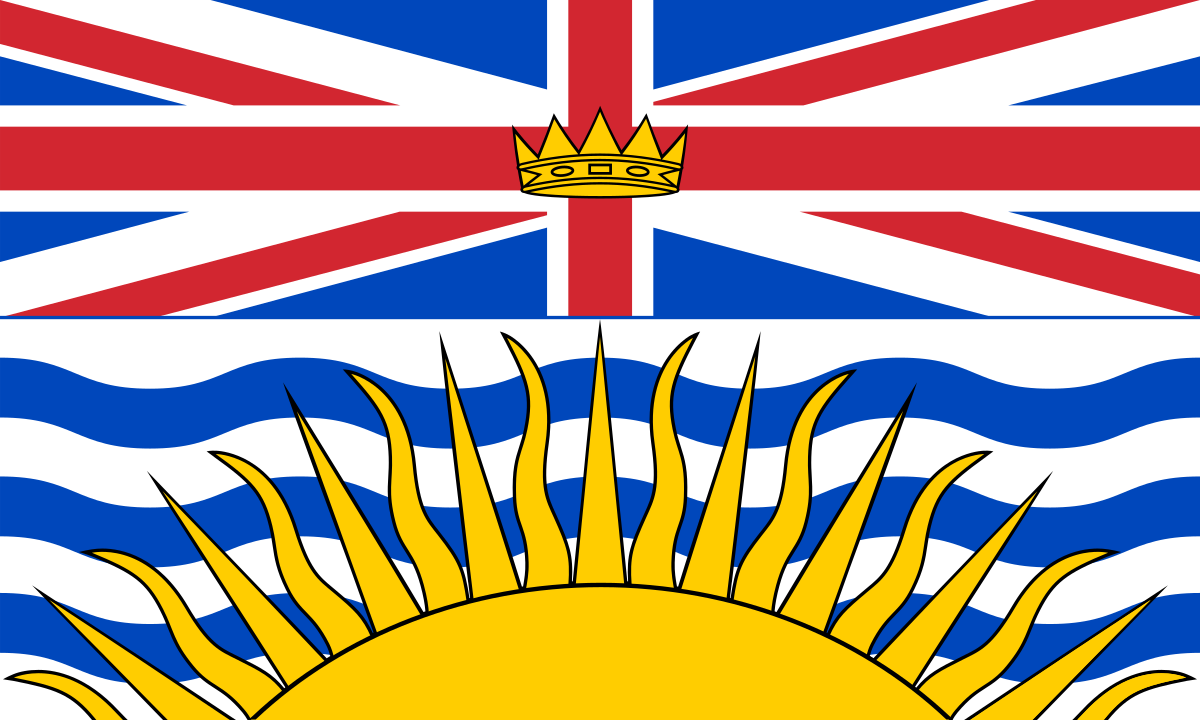In late June 2021 a heatwave of unprecedented magnitude impacted the Pacific Northwest region of Canada and the United States. Many locations broke all-time maximum temperature records by more than 5℃, and the Canadian national temperature record was broken by 4.6℃, with a new record temperature of 49.6℃. Here, we provide a comprehensive summary of this event and its impacts. Upstream diabatic heating played a key role in the magnitude of this anomaly. Weather forecasts provided advanced notice of the event, while sub-seasonal forecasts showed an increased likelihood of a heat extreme with lead times of 10-20 days. The impacts of this event were catastrophic, including hundreds of attributable deaths across the Pacific Northwest, mass-mortalities of marine life, reduced crop and fruit yields, river flooding from rapid snow and glacier melt, and a substantial increase in wildfires—the latter contributing to landslides in the months following. These impacts provide examples we can learn from and a vivid depiction of how climate change can be so devastating.


On a completely random side note, the publication’s intentional usage of two different glyphs - degree (°) and uppercase C - to denote degrees Centigrade, instead of the appropriate combined glyph (℃), irks me to no end. A professional publication should employ a parser in their back-end system that can correct for incorrectly-implemented glyphs and ligatures when the article is uploaded/added.
Especially considering we’re talking about Nature here. Not exactly some 'zine with 100 readers.